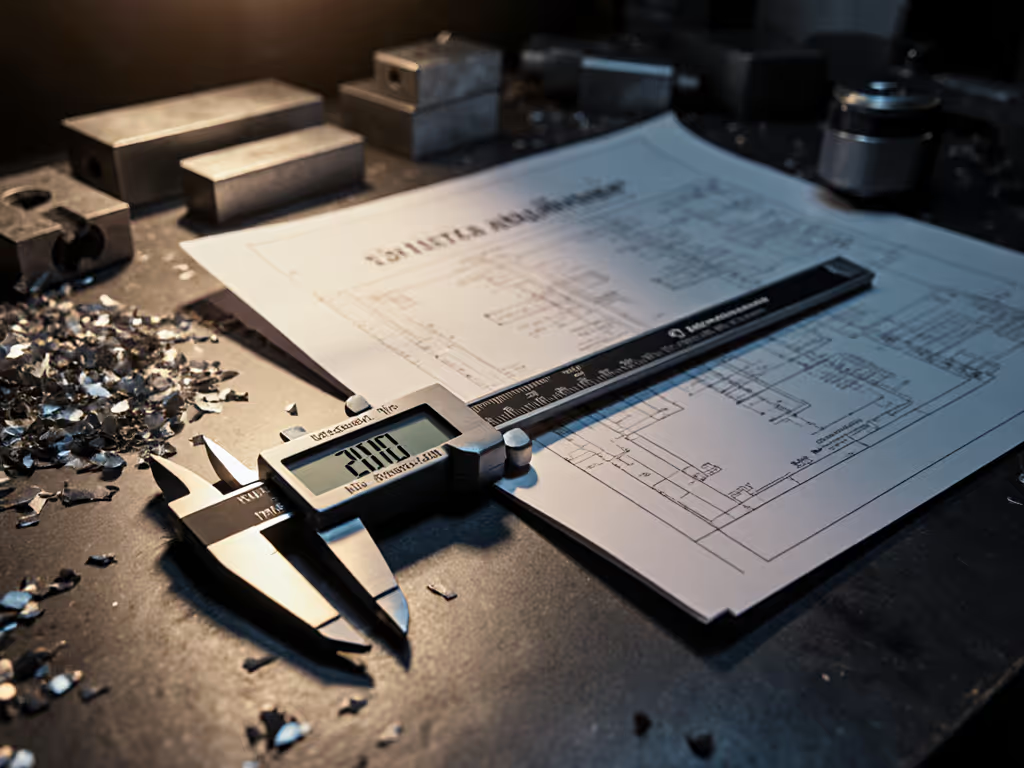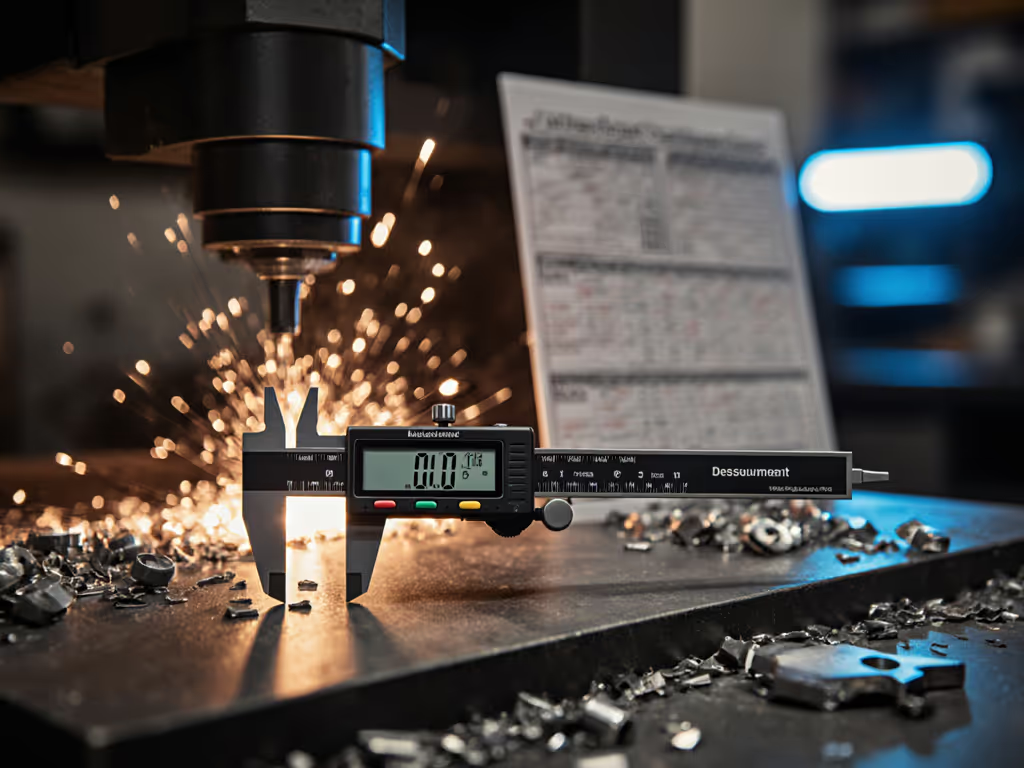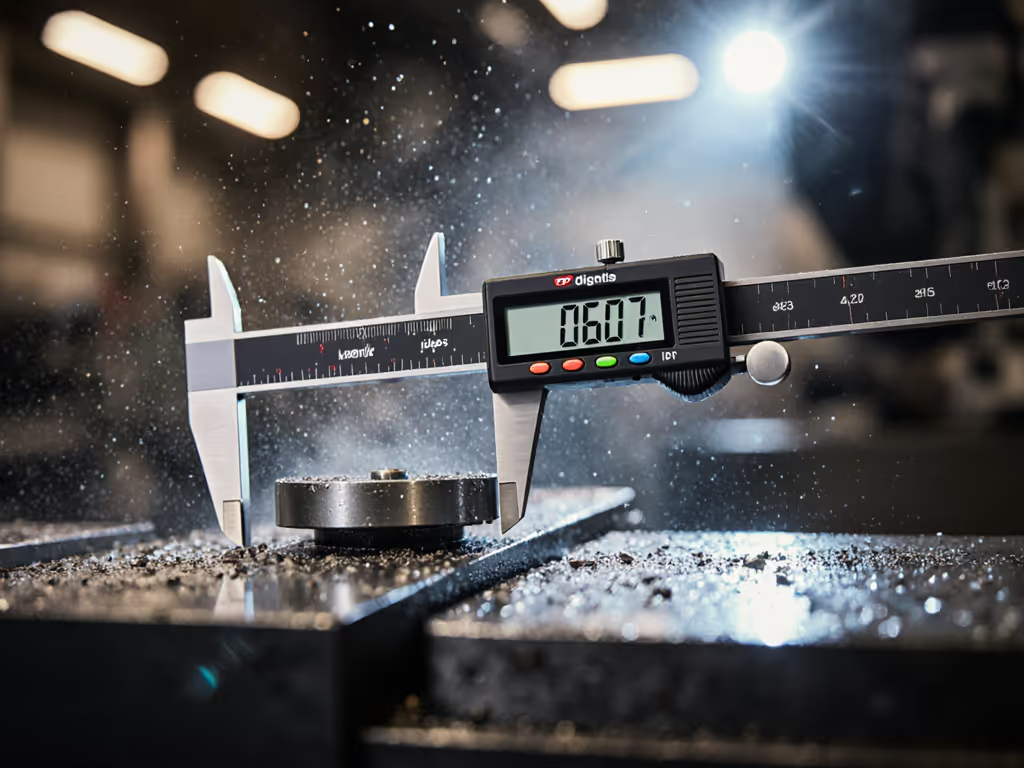
Angle Measuring Tools: Beyond Marketing Specs
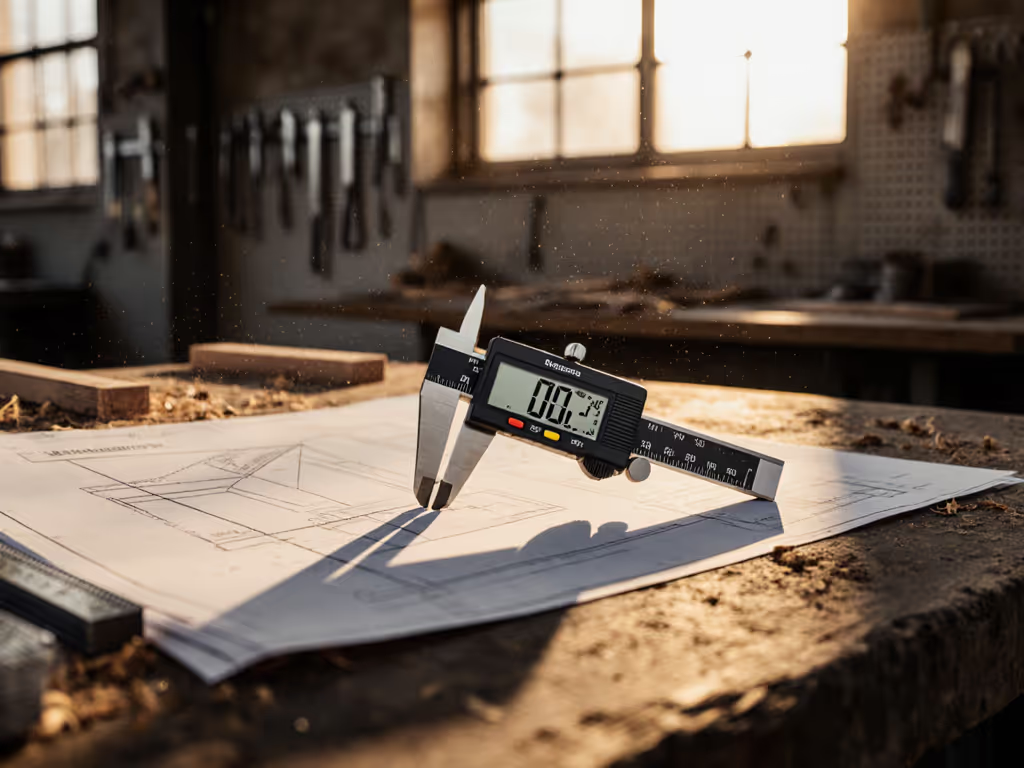
Too many professionals get burned by taking angle measuring tools at face value, seduced by glossy spec sheets rather than documented performance. If you're working in regulated manufacturing, medical device production, or precision fabrication, you know that angle measuring tools must deliver documented accuracy, not just impressive resolution claims. Measuring tools for angles require traceable evidence that withstands audit scrutiny, not just marketing promises. The truth is simple: consistent measurement practices with verifiable documentation (not flashy specs) determine whether your quality system passes or fails under pressure.
evidence beats memory
What's the biggest gap between spec sheet claims and real-world performance?
Manufacturers tout resolution numbers that rarely reflect actual shop-floor usability. A digital angle finder might claim 0.05° resolution, but what good is that when ambient temperature shifts exceed the device's compensation range? Real-world performance depends on your uncertainty budget, not just the tool's advertised specs.
Consider this: a 2024 industry survey revealed that 68% of metrology labs reported discrepancies between certified calibration data and field use. Why? Because few specifications account for environmental factors like vibration, coolant exposure, or magnetic field interference. When selecting angle measuring tools, demand these three verification points:
- Documented uncertainty under your operating conditions (not just lab conditions)
- Clear acceptance criteria for field verification
- Revision-controlled procedures for operator techniques
Remember the supplier incident where a missing revision on a micrometer SOP triggered a stop-ship? The measurements were fine; the paperwork wasn't. That's why I require all teams to maintain revision callouts for every tool's usage protocol, digital angle finder tips matter less than documented procedures that survive audit pressure.
How do I match my tolerance requirements to the right tool class without overpaying?
Stop chasing maximum resolution. Start with your measurement uncertainty requirement. If your process tolerance is ±0.5°, you need a test accuracy ratio (TAR) of at least 4:1 (meaning your tool must demonstrate uncertainty ≤0.125° under actual use conditions).
Here's the checklist I use when qualifying measuring tools for angles:
- Tolerance stack analysis: Calculate total uncertainty including operator technique, environmental factors, and tool limitations
- Evidence links: Verify calibration certificate references NIST-traceable standards
- Risk notes: Document known failure modes (e.g., "Do not use magnetic angle locators near high-current equipment")
- Lifecycle cost: Factor in calibration frequency, replacement parts, and documentation requirements
Most professionals underestimate technique-related errors. A bevel gauge usage error (like improper seating against the reference surface) introduces more variation than the tool's intrinsic accuracy. Require GR&R studies that include operator technique, not just device repeatability.
What documentation actually matters for audit readiness?
Forget about the calibration certificate alone. Auditors want to see the complete measurement system, including how operators use the tool. During a recent AS9100 audit, I watched an auditor immediately reject a digital angle finder despite its current calibration certificate. Why? Because the operator's protractor techniques weren't documented.
Your evidence package must include:
- Controlled language work instructions showing exactly how to position the device
- Revision history showing updates when measurement problems were identified
- Training records demonstrating technique proficiency
- Environmental monitoring data for critical measurements
- Acceptance criteria for field verification checks
I've seen too many teams scramble before audits because they treated measurement as a tool purchase rather than a documented process. One aerospace supplier lost $187K in stop-ship costs because their digital angle finder procedures didn't specify how to verify zero before each use. Their paperwork showed calibration was current, but didn't prove the tool was ready for measurement when used. Remember: If it isn't documented, it's hope, not evidence under pressure.
What protractor techniques and precision angle transfer methods actually work in production?
Most training materials focus on tool operation but skip the critical technique elements that make or break measurements. Here's what matters for real-world success:
For bevel gauge usage:
- Always verify against a known standard immediately before critical measurements
- Document the maximum allowable cosine error for your application
- Implement a two-person verification system for first-article inspections
For precision angle transfer:
- Use hardened transfer blocks rather than direct tool-to-part transfer
- Document environmental conditions during transfer
- Implement revision-controlled templates for common angles
For digital angle finder tips:
- Require zero verification at start of shift and after any physical impact
- Document warm-up time requirements (many forget this critical step)
- Implement a standardized procedure for magnetic attachment strength checks
When Johnson Level & Tool introduced their magnetic angle locator, we tested it against 12 common shop-floor scenarios. The cert said ±0.5° accuracy, but actual performance varied from 0.3° to 1.8° depending on surface curvature. We updated our work instructions with specific acceptance criteria for different attachment scenarios. This controlled language approach reduced our measurement disputes by 73%.
How do I justify measurement tool investments to management?
Stop selling "accuracy": sell documented scrap reduction. For a deeper breakdown of error sources that drive scrap and calibration costs, see our measurement error types guide. One medical device manufacturer tracked that inconsistent angle measurements caused 14% of their assembly rework. After implementing standardized protractor techniques with documented verification steps, first-pass yield increased by 11.3%, generating $220K in annual savings.
Your business case needs three evidence-based components:
- Current failure cost: Document scrap/rework directly traceable to measurement inconsistencies
- Process capability data: Show Cp/Cpk improvements achievable with documented techniques
- Audit risk mitigation: Quantify potential stop-ship costs from undocumented procedures
Quality managers who present ROI based on documented evidence (not just tool specs) get approved faster. One automotive supplier reduced their PPAP approval time by 38% after implementing revision-controlled measurement protocols. Their secret? They treated measurement as a documented process rather than a tool purchase.
Final Reality Check
Angle measurement isn't about gadgets: it is about documented processes that survive production pressure and audit scrutiny. When selecting measuring tools for angles, prioritize systems that generate verifiable evidence over those with impressive specs. Demand tools that integrate with your documentation system, not ones that create additional paperwork.
Remember my favorite truth: evidence beats memory. Every measurement must stand on documented procedures, controlled techniques, and verifiable results, not operator recollection. When your audit team arrives, they'll care less about your tool's resolution; they'll demand evidence that your measurement system produces reliable data, shift after shift.
Want to deepen your understanding? Explore the ASME B89.1.13 standard for angular measurement instruments, or download the NIST Technical Note 1297 on uncertainty evaluation. Better yet, review your current angle measurement procedures with these questions: Where's the evidence? What's the revision history? And most importantly, would this documentation survive an audit unchallenged?
Related Articles

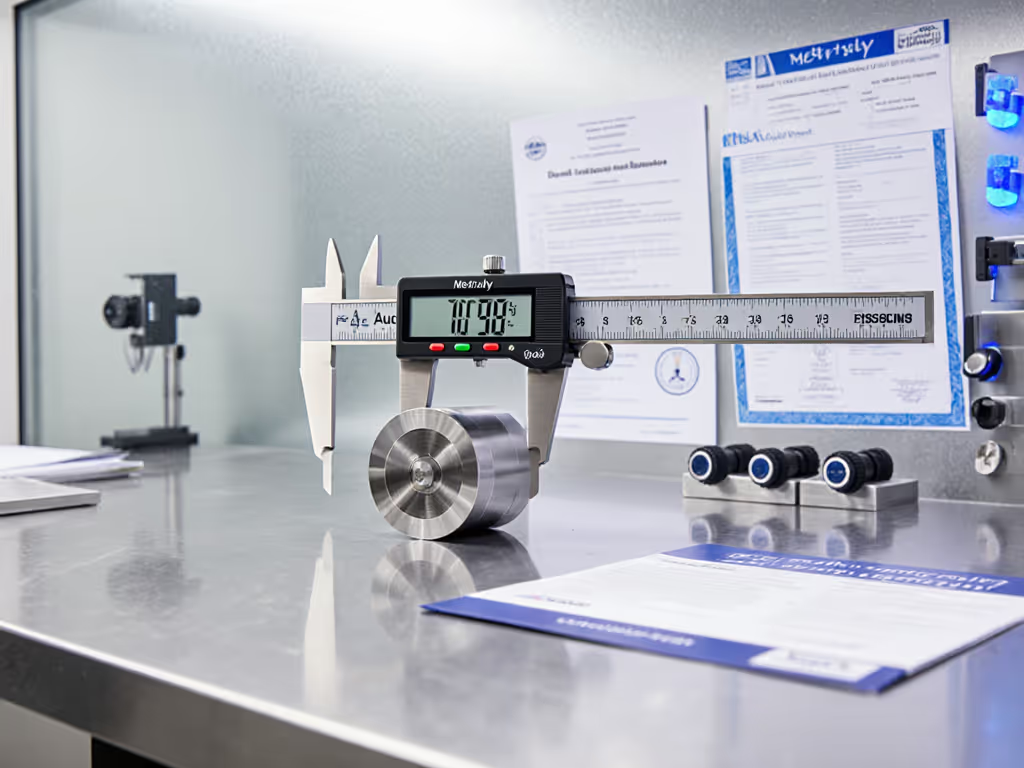
Medical Metrology: Your Audit Survival Guide
Make metrology audit-ready for FDA scrutiny by building complete traceability chains, quantifying uncertainty, controlling environments, and validating tools and software. Get practical steps that tie measurements to patient impact, justify calibration intervals, and cut false accepts, rework, and scrap.
